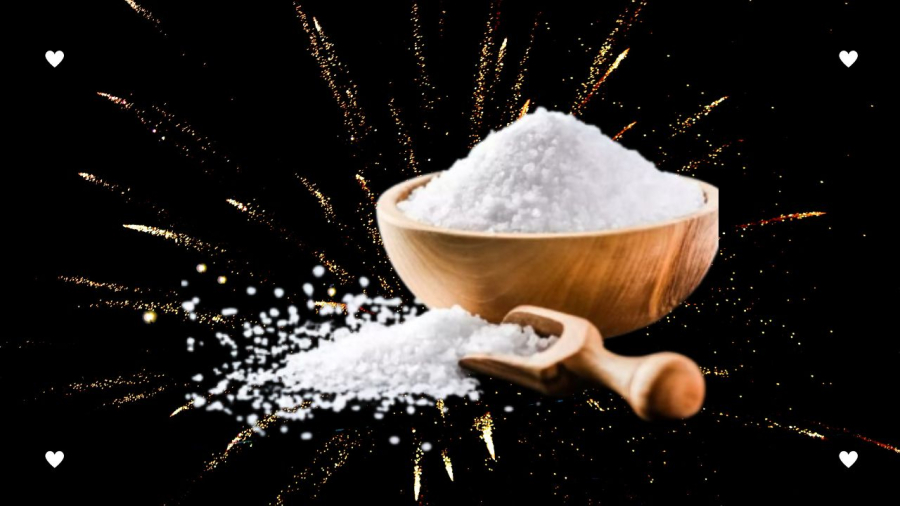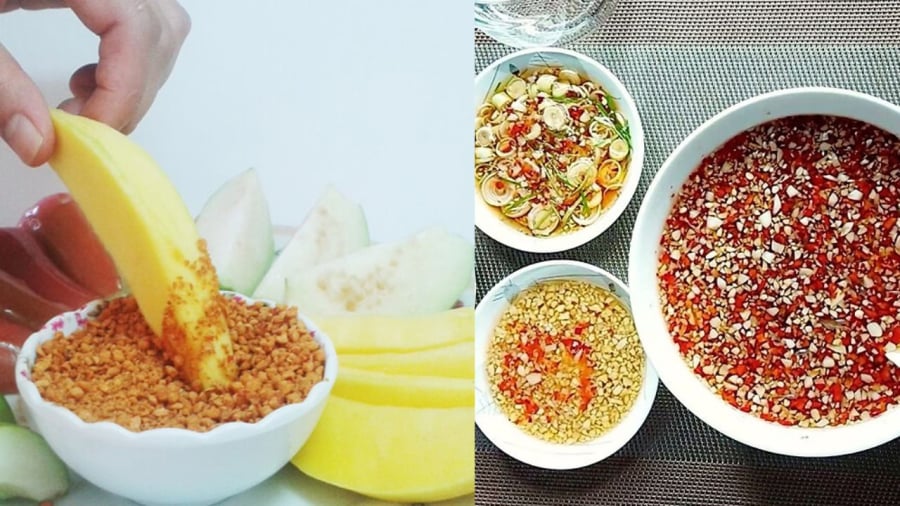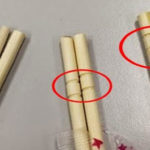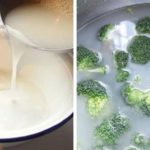Salt is the seasoning in question here. Vietnamese people tend to have a relatively salty diet compared to the World Health Organization’s recommended sodium intake. Salt is an important ingredient that enhances the flavor of food. Salt is also essential for health when consumed in moderation. However, Vietnamese cuisine includes many salty dishes such as pickled vegetables, braised dishes, and dipping sauces.
Vietnamese people consume twice the recommended daily intake of salt
According to the World Health Organization, adults should only consume about 5g of salt per day. However, the average Vietnamese person consumes 9.4g of salt. In fact, many people consume even more than this, with some consuming 3 or 4 times the daily recommended intake. Many dishes in the Vietnamese diet are salty, such as pickled vegetables, salted fish, boiled vegetables with fish sauce, and fruit with salt.

Consuming too much salt can lead to numerous health concerns
Natural foods such as meat, rice, and vegetables already contain a certain amount of salt. According to the Vietnamese Food Composition Table, the following amounts of sodium are present in 100g of food: mud crab (316 mg), field crab (453 mg), and freshwater shrimp (418 mg). The sodium content of milk is also comparable to that of aquatic products: 100g of fresh cow’s milk contains 380 mg, and whole powdered milk contains 371 mg. Meat contains less sodium; for example, 100g of cooked chicken contains 70 mg, pork contains 76 mg, and grade 1 beef contains 83 mg. Therefore, eating these foods without adding additional salt would provide the body with a sufficient amount of salt.
However, when cooking, we often add more salt to braised, boiled, fried, and steamed dishes. Notably, the Vietnamese diet typically includes a salty dish to accompany rice and various dipping sauces. As a result, it is clear that Vietnamese people consume excessive amounts of salt.

Vietnamese dietary habits include excessive salt intake
The World Health Organization recommends that adults consume less than 5g of salt per day (equivalent to 1 teaspoon). To determine the appropriate amount of salt to add to food, we can use the following conversions: 5g of salt (1 teaspoon) is equivalent to 35g of soy sauce (7 teaspoons), 8g of bouillon powder (more than 1.5 teaspoons), 11g of seasoning powder (more than 2 teaspoons), and 26g of fish sauce (equivalent to more than 5 tablespoons).
For children under 1 year old, the recommended salt intake is less than 0.5g, and for infants, it is less than 0.3g. Introducing salty foods to children at a young age can lead to increased salt consumption and kidney damage later in life. Excessive salt intake can lead to dehydration and increased thirst.
Excessive salt intake can cause various health issues
Table salt is chemically known as sodium chloride. The sodium in salt is essential for bodily functions, including regulating muscle tension and maintaining electrolyte balance.
However, when the body consumes too much salt, it can lead to numerous health problems, such as high blood pressure, stomach issues, cardiovascular diseases like heart attacks, kidney failure, and stroke. Statistics show that in Vietnam, one in four adults has high blood pressure, and one in three deaths is caused by cardiovascular diseases.
The majority of salt intake comes from adding salt during cooking and dipping. Approximately 11% comes from processed foods.
Consuming a salty diet can increase the risk of high blood pressure. High blood pressure can lead to atherosclerosis, which can cause cardiovascular events. Many people with high blood pressure could manage their condition by adjusting their salt intake, but these recommendations are often ignored.
A salty diet can also lead to weight gain due to water retention. Many people who want to lose weight are advised to reduce their salt intake and often find success.
Excessive salt intake is also linked to kidney issues and dry, chapped lips.
How to reduce salt intake
Using the simple conversions of 5g of salt (1 teaspoon) being equivalent to 35g of soy sauce (7 teaspoons), 8g of bouillon powder (more than 1.5 teaspoons), 11g of seasoning powder (more than 2 teaspoons), and 26g of fish sauce (equivalent to more than 5 tablespoons), we can begin to understand the excessive amount of salt in our daily diet.
Therefore, it is recommended to gradually reduce the saltiness of your family’s diet. This should be done perlahan to avoid shocking your taste buds.
Prioritize fresh foods over processed foods such as salted meats, canned fish, bacon, sausage, ham, pickles, salted vegetables, and instant noodles and snacks. Processed foods often contain high amounts of salt, which acts as a preservative.
When using sauces such as fish sauce, bouillon powder, and soy sauce, dilute them and add other seasonings such as lemon, chili, and garlic.
Choose boiled and steamed dishes over dishes that require a lot of salty seasonings during cooking, such as braised, stewed, and stir-fried dishes.
When eating fruit with salt, be mindful of the amount of salt used, as this is an easy way to consume excessive amounts.
Exploring the Pros and Cons of Sleeping in an Air-Conditioned Room
Is sleeping with an air conditioner a good idea? As concerns over the adverse effects of air conditioning on our health increase, it’s important to understand the risks and rewards of using air conditioning while sleeping. Let’s examine the benefits and drawbacks of sleeping with an air conditioner, and the protective measures one should take.




































